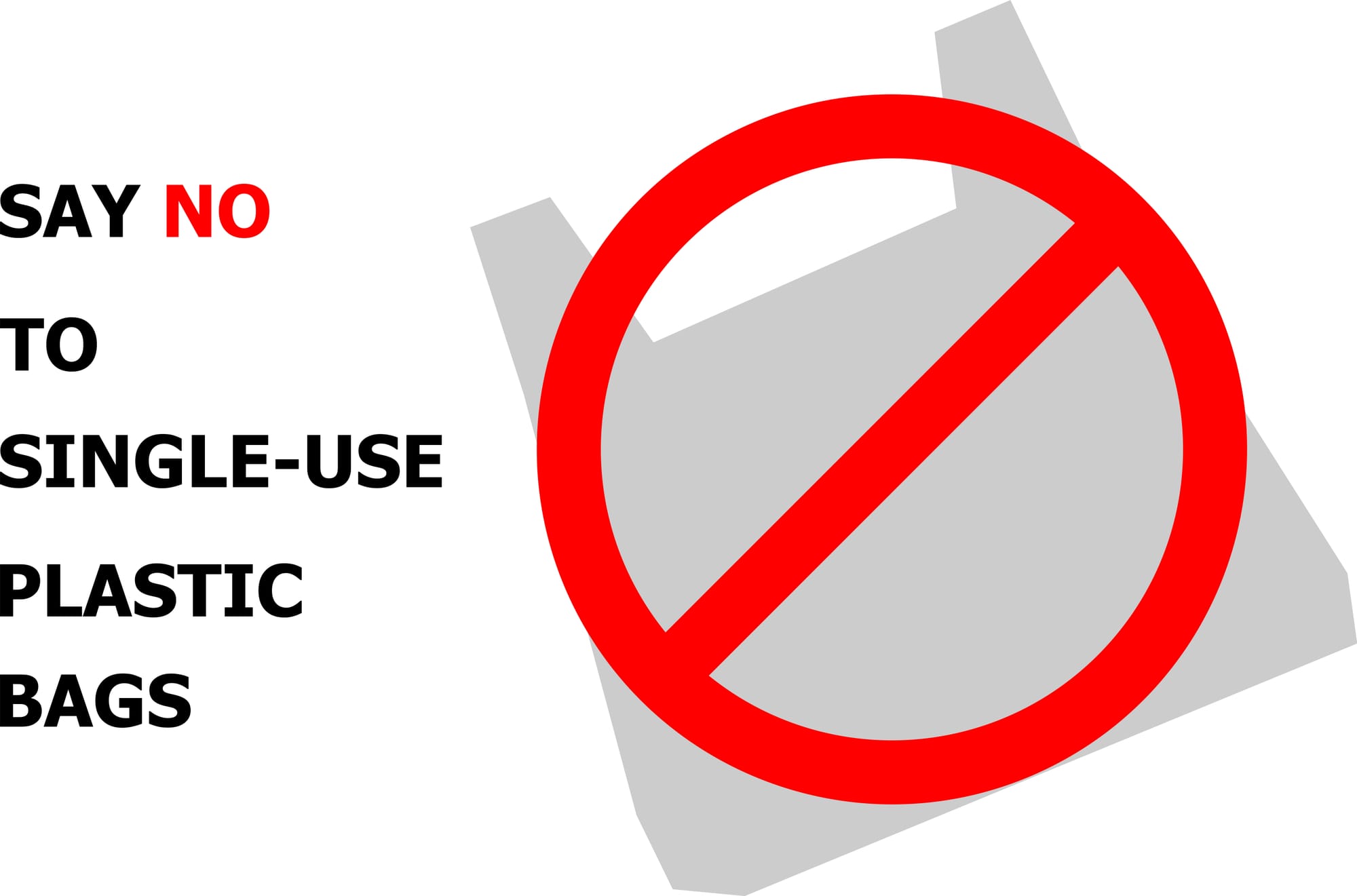Do Plastic Bag Bans Work?
Mostly they do, with caveats.

One of the challenges with any given public policy is how to know whether it produces the intended result and whether there are unintended consequences. The broader the policy, the greater the challenge. One relatively narrow policy that has been implemented in many places around the world is a ban on single-use plastic bags to reduce their environmental impacts.
Have these bans worked?
A meta-study done a couple of years ago1 found that, by and large, they have.
This magnitude of reduction is not universal. Ban effectiveness depends on complementary actions such as education campaigns and the promotion of alternatives, not to mention enforcement and public compliance.
Bans have economic and social consequences, too. Makers of single-use plastic bags lose out while a new market forms for re-useable bags. Lower-income communities may struggle with the additional cost of those re-useable bags. Bans do raise awareness of environmental issues generally, and plastic and micro-plastic pollution in particular. As well, since bag bans do not address other sources of plastic pollution, they are not a panacea.
However, it would appear to us that the broad success of reduced litter resulting from bans on single-use plastic bags could serve as a template for tackling the wider plastic pollution issue.
Reading
- Akhter, Dr. Rahima. “Evaluating the Effectiveness of Plastic Bag Bans in Reducing Plastic Pollution.” International Journal of Geography, Geology and Environment 5, no. 1 (January 1, 2023): 270–72. https://doi.org/10.22271/27067483.2023.v5.i1c.272.